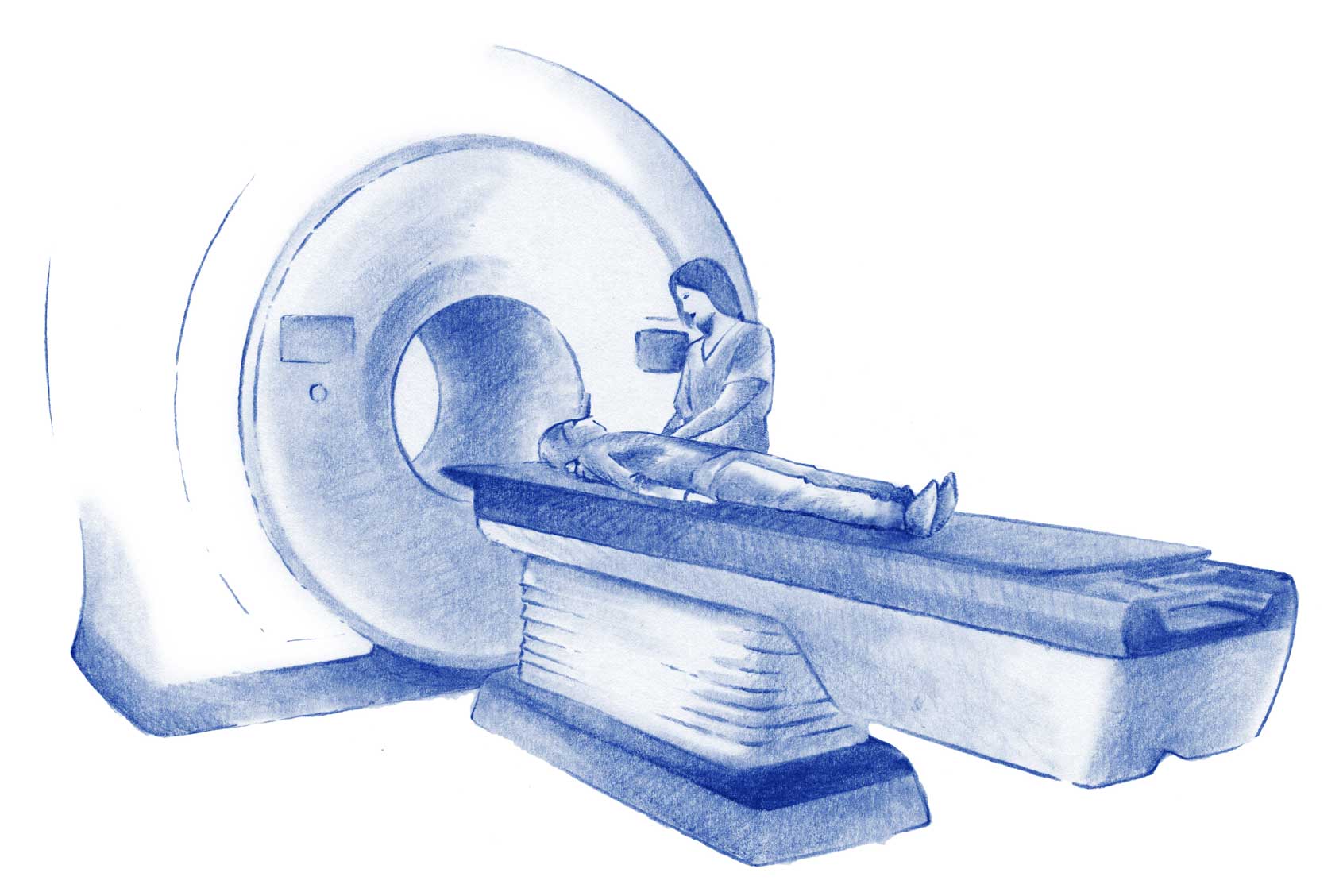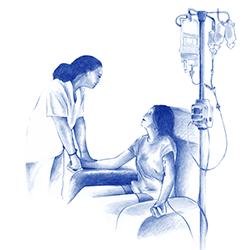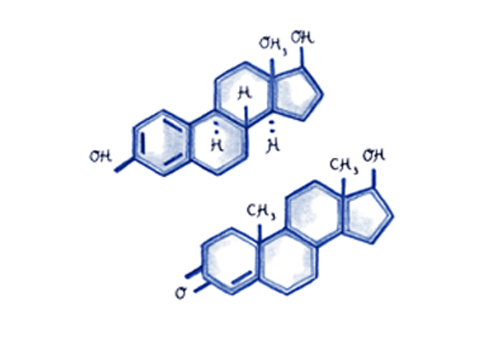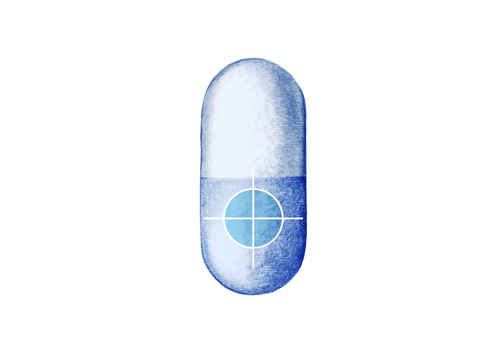Dr. Trigo, José Manuel
Director of Oncology, Research and Innovation

Despite being the most common cancer, there are increasingly improved survival results for patients with this condition as a result of advances in early diagnosis and development of new treatment strategies,.
At HC Marbella we have a team of specialists from different fields who meet weekly in the Breast Cancer Committee, studying every step from diagnosis to treatment. They offer personalized care to each patient, proposing the most effective treatment in each case.
Once the diagnosis has been made, the Breast Unit team will design an appropriate treatment plan for each patient. Treatment options depend largely on the biology and behaviour of each tumour.

Tumour subtype:
The stage of the tumour, whether the tumour is localized or has spread.
Genomic markers. They help determine the type of genetic mutation, enabling administration of a particular drug for that particular type of mutation.
The age and general health of the patient.
The presence of inherited breast cancer gene mutations such as BRCA1 or BRCA2.
This involves the removal of the entire breast. A mastectomy is usually performed when:
Depending on each case, mastectomy may be:
Sentinel node biopsy This procedure helps to discover whether the cancer has spread through the lymphatic system. Sentinel nodes are the first nodes to which the tumour is most likely to spread.
A radioactive marker is administered during the procedure to locate these nodes for specimen removal, with subsequent analysis to search for tumour cells. If tumour cells are found, more lymph nodes may require removal.
During lumpectomy, or tumorectomy, the surgeon removes only the tumour and a small amount of healthy tissue surrounding it.
This surgery is known as breast-conserving surgery, because removal of the entire breast is not necessary. This procedure is accompanied by radiotherapy to ensure that there no residual disease remains and to ensure that is as effective as mastectomy, whilst being much less invasive.
Lumpectomy is indicated in patients with early-stage breast cancer.

Radiotherapy is a local treatment that uses ionising radiation directed at a specific volume with the aim of destroying tumour cells.
Radiotherapy is one of the treatments of choice for breast cancer. In most cases it is indicated as adjuvant treatment (after surgery) allowing, whenever possible, conservative surgery but with control of the disease equal to that of mastectomy.
In cases where the risk is higher and mastectomy is required, radiotherapy helps to consolidate treatment by removing any residual cells that may remain after surgery.
At HC Marbella we have state-of-the-art TomoTherapy with better dose conformation which allows the dose to be more precisely targeted at the treatment volume, minimizing radiation to surrounding healthy tissues such as the heart or lung.

Chemotherapy is a treatment in which drugs are given that destroy rapidly growing cells, such as tumour cells.
Chemotherapy may be given as the first treatment option when the tumour is large in size, to reduce it before surgery or radiotherapy.
In advanced tumours, when cancer has spread to other parts of the body, it can be given to control the spread and reduce possible symptoms.
In triple-negative patients it is one of the treatments of choice since there are no receptors for targeted or hormonal drugs.

Hormone therapies are recommended in tumours that have hormonal receptors, luminal tumours. These therapies work by blocking hormone receptors and preventing cancer cells from reproducing and growing.
Hormone therapies may include:

Targeted therapies are specific drugs targeted at a specific type of mutation, attacking only this abnormality whilst respecting healthy cells.
The most common breast cancer subtype, susceptible to targeted therapies, are HER2 positive tumours. These tumours overproduce a protein called the human epidermal growth factor receptor 2 (HER2) which helps cells reproduce and grow.
Monoclonal antibodies such as Trastuzumab, Pertuzumab O, T-DM1 specifically target the HER2 receptor.
Alternatively tyrosine kinase inhibitors block the signals that tumours need to grow.
These drugs combined with chemotherapy or other treatments have demonstrated a clear benefit to survival in recent years.

Immunotherapy describes drugs that helps our immune system to fight cancer. Tumour cells produce proteins that cause our immune system to not recognise cancer cells as harmful cells. Immunotherapy works against these proteins by blocking their action and strengthening our immune system to attack the tumour.
In patients with triple-negative breast carcinoma, some trials have studied the use of anti-PD1 or anti-PDL-1 drugs. A study using an anti-PD-1 drug in patients who expressed CPS equal to or greater than 10 was shown to be superior to chemotherapy.
Dr. Trigo, José Manuel
Director of Oncology, Research and Innovation
Dr. Jiménez Rodríguez, Begoña
Specialist in Medical Oncology
Clinical Dedication in Breast and Gynecological Cancer
Dr. Sedano Ferreras, Paula
Radiotherapy Oncology Specialist
Dr. García Baltar, José Antonio
Especialista en Radiofísica Hospitalaria
Dr. Rebollo García, Natividad
HC Marbella Radiology Specialist
Dr. Escobar, Ángela
Ginecología y Obstetricia, especialista en la Unidad de Mama
Dr. Bellinvia, Anna Alessandra
HC Marbella Radiology Specialist
Dr. Arrazola, Tomás
Especialista en Farmacia Hospitalaria
Especializado en terapia contra el cáncer, certificado por la Sociedad Americana de Farmacéuticos de Hospital
Dr. López Ibor, Javier
Mental Health
Clinical and Forensic Neuropsychology
Dr. Di Mauro, Pietro
Specialist in the Plastic and Reconstructive Surgery
Tel.: +34 952 908 628
+34 609 148 799
952908898 Oncology
951829978 Diagnosis by imaging
951829947 Gynecology
952908897 Fertility
951829947 Physiotherapy